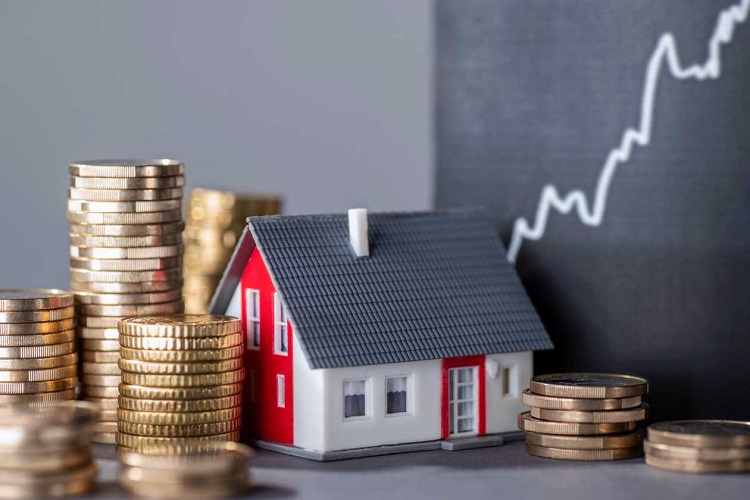
Overview
Following the outbreak, depositors have been hit with a double perfect storm: they must not only sustain their income, but also gain above-inflation returns on their deposits. In 2020, the chances of obtaining a real return on fixed deposits were slim. This may change in 2021, as fixed deposit interest rates will begin to rise.
Fixed deposit interest rates are expected to rise in the second half of 2021
The Reserve Bank of India’s (RBI) actions in 2020 were designed to keep policy rates low throughout the year and into 2021. It also announced steps to inject liquidity into the banking system so that it can provide affordable funding and thus help the economy expand. FD rates of interest were also kept low due to the extra liquidity. Bank credit demand, on the other hand, was poor, as banks took a cautious approach to lending in all sectors of the economy. Low credit offtake meant banks and lenders had less demand for money, resulting in a lower rate of interest on deposits.
- However, income prospects appear to be improving, with RBI forecasting 10.5 percent economic growth for FY 21-22. The rate of return on fixed deposits can also reflect this. Despite the RBI’s announcement of a continued accommodative stance on rates and liquidity, which means no immediate increase in interest rates, there are a few factors that could cause fixed deposit interest ratesto rise in the coming months.
- In the coming fiscal year, credit demand is expected to be strong, implying a greater demand for funds and, as a result, a greater rate of interest. Investment demand from the infrastructure and real estate sectors, as well as the release of pent-up market demand, are expected to drive high growth in retail finance.
- Furthermore, RBI is expected to walk a tightrope between keeping inflation within its target range of 4-6 percent and preserving system liquidity. Easy liquidity is inflationary, and any increase in inflation will necessitate an increase in prices, both for credit and deposits.
What does this imply for depositors?
Some banks and non-banking finance firms have already begun to raise fixed deposit interest rates across the board, especially on longer-term FDs. While the number of such banks is small, it is expected to grow in the coming months as various macroeconomic factors interact.
What should FD investors do?
Many people have begun to doubt the RBI’s ability to maintain its accommodative posture while still attempting to meet its macroeconomic targets for inflation and fiscal deficit. All macroeconomic indicators point to an unavoidable increase in fixed deposit interest rates beginning in the second half of fiscal year 2021-22. Until then, depositors can keep their money in shorter-term FDs (those with terms of less than one year) in order to maintain the flexibility to transfer their assets to higher rates once rates start to rise.
Wrapping Up
Among the many FD providers in the industry, Bajaj Finance is one of the most reliable. Higher returns, flexible tenure, lower minimum deposit cap, and loan against FD facility are just a few of the benefits that Bajaj Finance FD offers to investors. When it comes to FD rates of interest, Bajaj Finance offers the highest rate of 7.00 percent. On the other hand, the current FD interest rate for senior citizens varies from 6.40 percent to 7.25 percent.
















